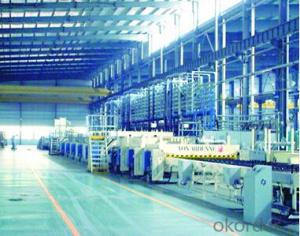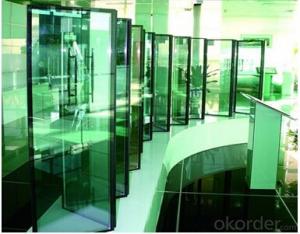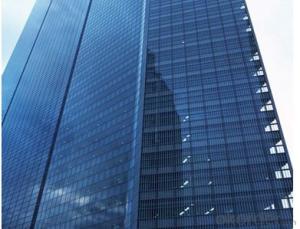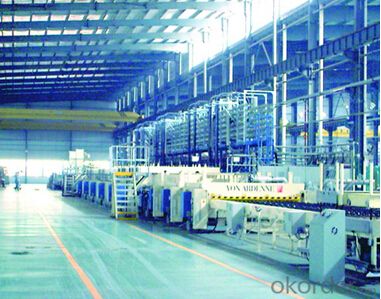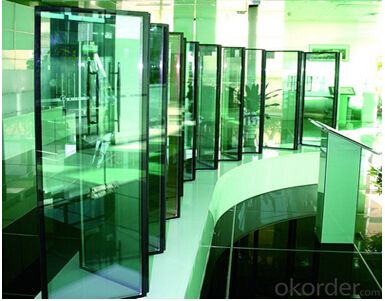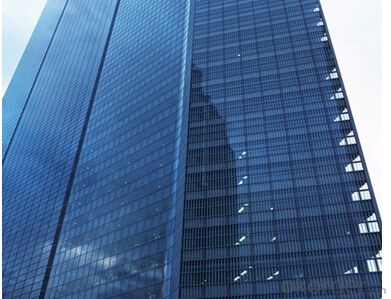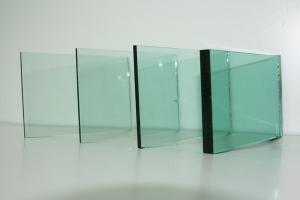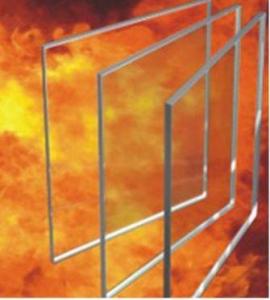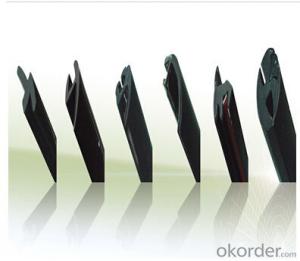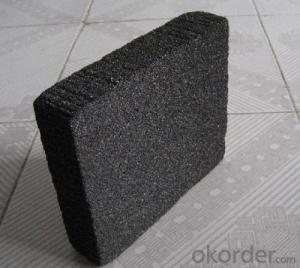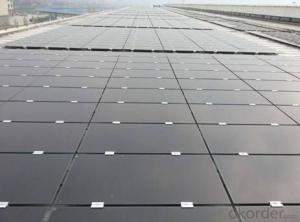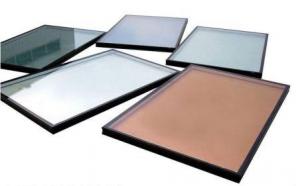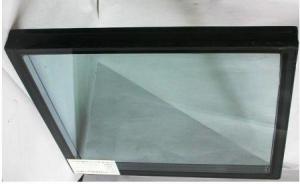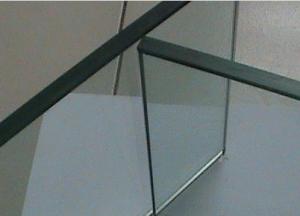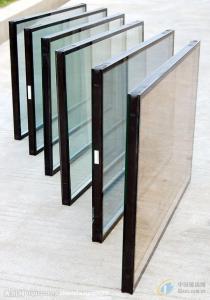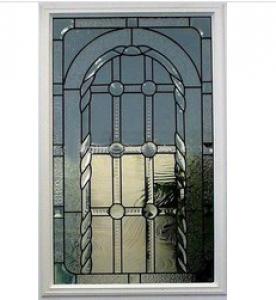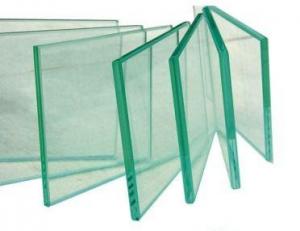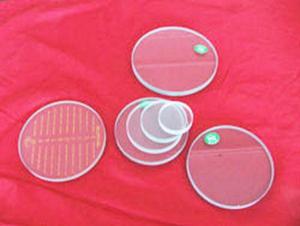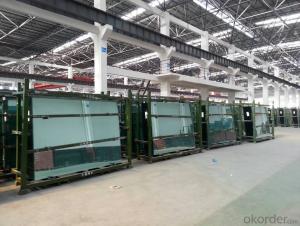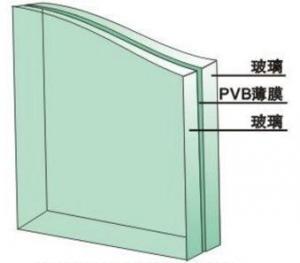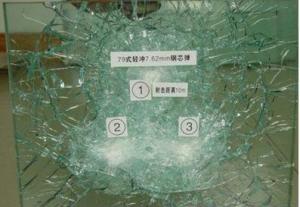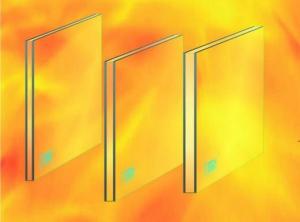Low-E Coated Glass Hard coated low-e glass Polished Edge Low-E Coated 5mm Tempered Glass
- Loading Port:
- Qingdao
- Payment Terms:
- TT OR LC
- Min Order Qty:
- 10 m²
- Supply Capability:
- 10000 m²/month
OKorder Service Pledge
OKorder Financial Service
You Might Also Like
CLEAR FLOAT GLASS
Thickness: Normal 2mm-19mm
Utlra thin: 0.55mm, 0.6mm, 0.8mm, 1.0mm, 1.1mm, 1.3mm, 1.5mm, 1.8mm etc
Ultra thick: 19mm, 22mm, 25mm
Sizes: 1524x2134mm, 1220x1830mm, 1600x2400mm, 1830x2440mm, 1800x2600mm, 2134x3050mm, 2134x3300mm, 2134x3660mm, 2250x3300mm etc. can be produced according to client’s request.
EXTRA CLEAR GLASS:
Thickness: 3mm-19mm
Low emissivity coated glass is also called Low-E glass. Low-E glass is a kind of glass whose surface is coated with low emissivity coating silver and metal-oxide film so that the glass takes on different colors. Its mainly functions are to reduce the U value of glass, selectively reduce Sc and comprehensively improve energy saving property of glass. It mainly features: high infrared reflectivity, ability to directly reflect far infrared thermal radiation, low surface emissivity, weak ability to absorb external energy, hence little reradiated heat energy; wide range of shading coefficient Sc, and ability to control sun light transmittance according to needs to cater to requirements of different areas. It can be divided into high transmission low-E glass and sun shading low-E glass.
Sizes: 1830x2440mm, 2134x3300mm, 2134x3660, 2250x3300mm, 2250x3660mm etc. maximum 3660x8000mm
TINTED GLASS:
Colors: Euro Bronze, Golden Bronze, Euro Grey, Blue Grey, Dark Grey, French Green, Dark Green, Ford Blue, Dark Blue, Ocean Blue, Pink etc.
Thickness: 3mm-12mm
Sizes: 1524x2134mm, 1830x2440mm, 2140x3210mm, 2134x3300mm, 2250x3210, 2250x3300mm etc
REFLECTIVE GLASS
Colors: Euro Bronze, Golden Bronze, Euro Grey, Dark Grey, French Green, Dark Green,
Ford Blue, Dark Blue, Pink, Silver etc.
Thickness: 3mm-10mm
Sizes: 1524x2134mm, 1830x2440mm, 2140x3210mm, 2134x3300mm, 2250x3210, 2250x3300mm etc
- Q: Automotive glass insulation film paste technology
- The most basic tools are roasted guns, watering cans, foil special agent (or detergent water), water scraper, paste scraper, deerskin, Huju, a knife, each model is not the same paste method is not the same , But there is a common point of glass must be cleaned, preferably in the clean film between the operation.
- Q: I want to build a small soundproof glass room in my living room, since i have another family member moving in and it will be hard to talk over the phone at night and listen to music, since I already share my room. I picture it as big as a phone booth but just longer some how so I can lay in it and just talk on the phone or use my laptop. I have no idea what company I should search for to build a glass soundproof room that small. or maybe it can be about 10 feet by 5 feet. No matter if its sliding door or not. Any info would help me. Thanks Even personal stories on other kinds of soundproofing that works thats affordable.
- Build A Soundproof Room
- Q: I have a chinese water dragon. He is still a baby but I'm looking to build him a bigger cage as he will grow to possibly three feet in length. I've searched the net for ideas on his cage and I'd like to use glass or plexi-glass on the sides and front of the cage. Even though I've looked at all the youtube videos I can find and any free plans I can find, I can't find a good way to build doors with glass, or plexi-glass, in them. I might just go with a sliding door but I'd prefer a door or two similar to a cabinet door. The opening is most likely going to be about 4 feet high. I also can't figure out how to attach the side, glass/plexi-glass, panels.I have basic tools but I don't consider myself a great carpenter. In other words, it needs to be simple.Any suggestions/help would be wonderful.
- Have you considered scrubbing it with disinfectant, then spraying a sealant over the top of the current paintjob and then once that has fully cured, then re-repainting it to the colour you want (in a paint that won't harm your pet) ? it's the best idea i have.
- Q: Glass insulation film how to tear off
- You tear when the time to a little skill, it is best to cooperate with two people together. To use Qiaojin, tear when the edge of the tearing point of water spray
- Q: Building glass curtain wall energy-saving projects using the material re-inspection requirements
- Curtain wall energy-saving projects in addition to the general requirements of the curtain wall for re-inspection of the material, but also should increase the performance of the following materials for re-inspection: thermal insulation material thermal conductivity, density; curtain wall glass visible light transmittance, heat transfer coefficient, Insulating glass dew point; insulation profiles of the tensile strength, shear strength.
- Q: I only understand the price of the car film, and now the family would like to film, and would like to know about the price of building film, please know friends tell! Incidentally, in Changsha, better insulation film, thank you!
- So ask a bit difficult to answer, a penny is always a matter of money, each market has high school low-grade film, and in each brand which also have their own high school low-grade series, if the landlord would like to pay the price is moderate, High-quality architectural glass film, you can choose Long film, Long film in the insulation, explosion-proof is doing the best
- Q: Vray all the glass material to give Fresnel reflection?
- I have a situation, I just made an outdoor lens, architectural glass with the VRAY, gave Fresnel, and then adjusted the curve.
- Q: LOW-E insulating glass U value than ordinary hollow glass much lower
- Ordinary insulating glass 2.6 or more, LOW-E insulating glass 1.9 or less.
- Q: What is the role of glass in architecture?
- Window - lighting, insulating glass insulation. Glass partition, glass door - partition space without blocking the line of sight,
Send your message to us
Low-E Coated Glass Hard coated low-e glass Polished Edge Low-E Coated 5mm Tempered Glass
- Loading Port:
- Qingdao
- Payment Terms:
- TT OR LC
- Min Order Qty:
- 10 m²
- Supply Capability:
- 10000 m²/month
OKorder Service Pledge
OKorder Financial Service
Similar products
Hot products
Hot Searches
